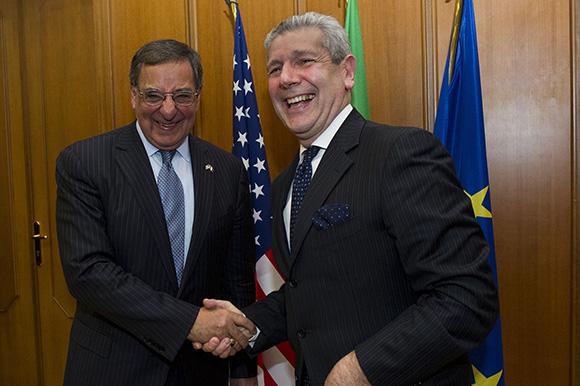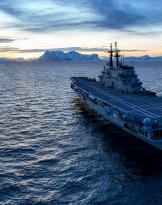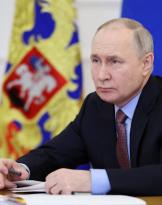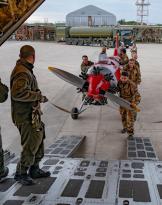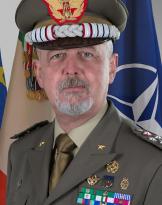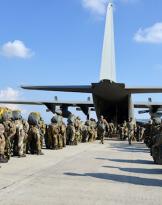I read a recent newspaper article about the slowdown of the Italian F-35 program due to internal PD dynamics. For dynamics within a political party does a program of national defense interest slow down? I am stunned, as doing so will frustrate years of study and strategic evaluations of past leaders and generals of the Italian state.
I understand the historical moment of the cuts in public spending. In fact, they have already cut enough of F-35s down from the initial 131 to the current 90 which will replace, as known, more than 200 air force and navy aircraft that have completed their life cycle.
It is the motion of the On Scanu of the PD asking for the spending of the F-35 program to be halved. The question to do to the Hon. Scanu. Do you only know the F-35 program?
It seems to me that there are also other programs for the modernization of our armed forces. I understand that the expenditure for the multi-year program called has already been approved Naval Law, or important programs such as the "future soldier" included in the program Force NEC or other programs deemed essential by the major states for the necessary modernization of our weapon systems.
The point is that everyone, including the media, has focused only on a weapons program, one on which political parties have focused part of their election campaigns. The most demagogic one.
It is easy to call into question the military world and put it in the middle of the political tussle. The military always obey and at question answer. And, trouble if it wasn't like that. When we talk, for example, about fourth, fifth or sixth generation aircraft, they all turn to the other side and minimize the differences. On the other hand, we all become experts on air warfare and military tactics. As it happens on Monday when we become football coaches and football tactics experts.
How sad. Existing as a defense, today in various international contexts, involves making continuous updates in programs, especially if you want to save financial resources. We need to be versatile and more interoperable to be able to divide military resources at EU and NATO level. The development of the Smart Defense has become a reality and Italy actively participates in this new doctrine which provides for the sharing, by all partners, of men and means. It is therefore an essential requirement to keep up with the allies. Let's not forget that the military capabilities of other countries, such as the Predator, are acquired only with participation in intercontinental military programs, such as the F35.
The real problem is that the planning of armaments in Italy is still left to the foresight of our generals and to the common sense of the Defense Commissions, despite the White Paper.
The White Paper must be "the Document", like the Gospel, approved by Parliament and untouchable for at least four years, providing in writing all the necessary funds. How much I would like a programmatic document like the English one, or an American one where parliament approves its contents for medium to long periods and establishes the appropriations, which cannot be revisited.
Military weapons programs cannot be revisited every year by the stability law. Expenditure on these programs should be assessed as positive investments and therefore constitute a positive value for GDP. If we could convince the European Commission of this we could really plan more serenely and seriously.
Femaz
Dear reader, thanks for the intervention. You are quite right in underlining the importance of the annual non-review of modernization programs. However, there is a fundamental question that afflicts Italy: its inhabitants and their "creativity". The photo above is from 2013: it portrays US Secretary of Defense Panetta together with the then Defense Minister Di Paola. The latter was the man who - wearing the uniform - fought hard to convince the country of the need to purchase 131 F-35s. A few years later - as a minister in a suit and tie - he then promptly cut 41 aircraft ...
Andrea Cucco
(photo: US DoD)

